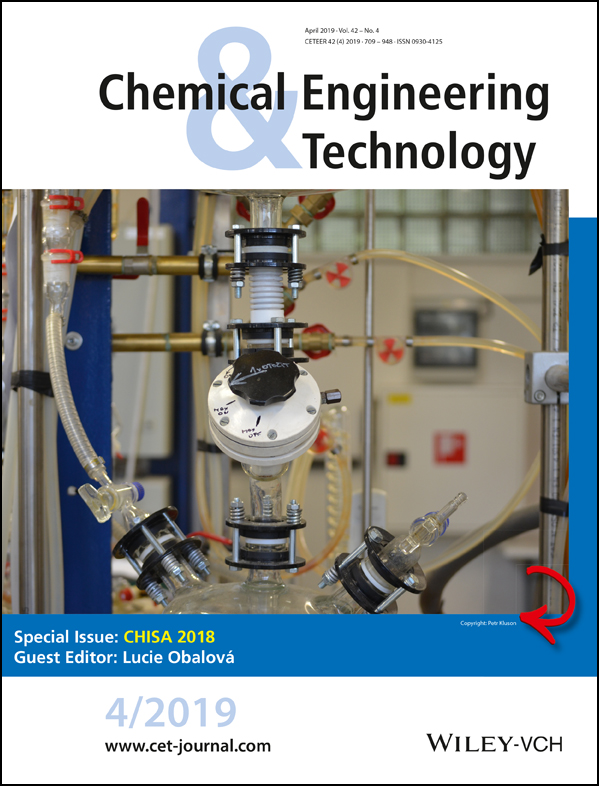Electrodialysis Application of the Ultrafiltration Permeate of Milk Before and After Reverse Osmosis
Abstract
Ultrafiltered (UF) milk permeate was concentrated by reverse osmosis (RO). UF and UF + RO samples were then desalted by electrodialysis (ED) to three levels of desalination: 1, 2.5, and 4 % of ash in the dry matter. Ions were analyzed by a new high-performance liquid chromatography method, which enables simultaneous estimation of cations and anions. ED of UF permeate has some advantages over that of UF + RO samples, including a shorter ED time and a higher average salt flow rate, but RO treatment of UF permeate before ED enables the processing of larger volumes of UF permeate. Therefore, ED of milk permeate, particularly after RO, improves the handling characteristics and may offer advantages for further processing of secondary dairy products.




